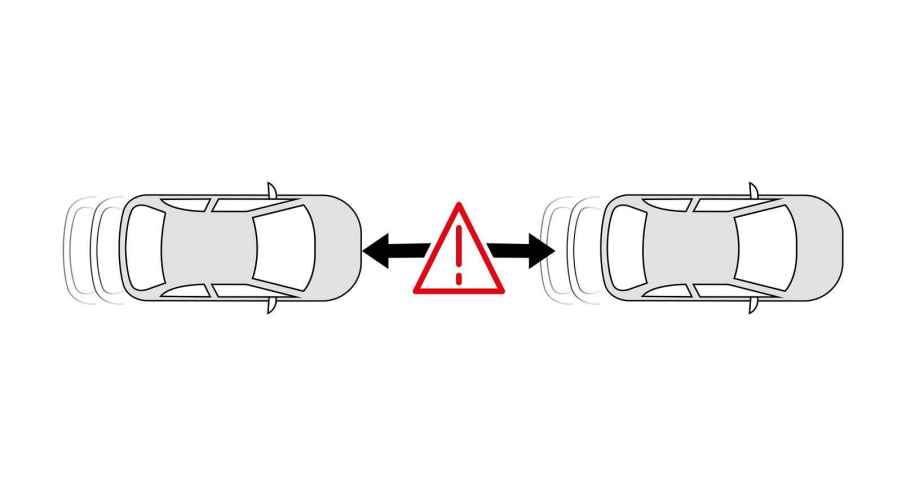
90% of New Cars Already Have Automatic Emergency Braking – Here’s Why We Need More Regulations
Yesterday, the NHTSA finalized a safety rule that will require all new vehicles sold in the U.S. by September of 2029 to be equipped with Automatic Emergency Braking (AEB). However, AEB is already standard in 90% of new cars sold today. The regulations get very specific in their definition of AEB. Let’s break it down.
Today, AEB is a feature that many drivers find in their newer cars. In a recent testing, though, the IIHS found that consumers might not understand how the system actually functions on their specific car. This is because automakers build and install their own versions of AEB systems. As such, AEB behaves differently in different models.
What’s more, many automakers have previously committed to a voluntary agreement to install automatic emergency braking. However, the agreement is missing speed-related system triggers.

Now, the NHTSA will enact standards across the board. In its press release, the NHTSA says that starting September 2029, new car AEB must be able to:
- Stop and avoid contact with a vehicle in front of them up to 62 mph
- Detect pedestrians in both daylight and darkness
- Apply the brakes automatically up to 90 mph when a collision with a lead vehicle is imminent
- Apply the brakes automatically up to 45 mph when a pedestrian is detected
NPR reported that in testing 17 cars, only the 2023 Toyota Corolla with cameras and radar installed met these new standards. Overall, the NHTSA hopes that the path to fulfillment will be easy for OEMs since most already offer some version of automatic braking.
The NHTSA says that the new rules will save hundreds of lives and prevent more than 20,000 injuries each year.



